In a sweeping show of defiance, more than 80,000 demonstrators filled the streets of Philadelphia on Saturday, June 14, for the national “No Kings Day” rally—a bold rebuke of former President Donald Trump’s 79th birthday and his controversial 250th anniversary military parade held in Washington, D.C. While the rain fell lightly on JFK Plaza, the energy of the crowd surged, fueled by chants, banners, and deep-rooted concerns about the direction of the nation.
Honoring Freedom, Rejecting Authoritarianism
Protesters gathered early in the day at Love Park, many donning ponchos and carrying signs critical of Trump’s policies and perceived authoritarian tendencies. Among them was Sarah Nethery, who held a sign with a photo of her grandfather, a veteran of World War II, Korea, and Vietnam. Her message—“Fighting Fascism is a Family Tradition”—reflected the day’s central theme: standing against the erosion of democratic values.
“To feel like all of my grandfather’s work is being undone is heartbreaking,” Nethery said. “I came here to make sure we’re fighting fascism in our own home.”
The protest wasn’t just about Trump’s military parade, estimated to cost $40 million. For many, it was about what that parade represented: a growing embrace of nationalism, the use of military spectacle for political gain, and ongoing threats to civil liberties.
Veterans and Citizens Alike Push Back
Voices from the veteran community rang loud at the protest. Bob Harrington, an 81-year-old Vietnam veteran from Pennsylvania, stood firm with a sign reading “I fought for FREEDOM not FASCISM.” Speaking candidly, he criticized the military parade as “an insult” to those who served.
“This is not the America we fought for,” Harrington said. “Weapons on the streets for a president’s birthday? That’s what they do in Russia, China, North Korea—not here.”
His sentiment resonated widely, drawing cheers from fellow veterans and civilians alike who viewed the parade as un-American and wasteful.
Philadelphia’s Historic Role in the Movement
The protest carried unique significance in Philadelphia—a city steeped in the legacy of American democracy. Attendees, including public school teacher Laura Seeley, emphasized the symbolism of marching through the city that hosted the Constitutional Convention and birthed the Declaration of Independence.
“As a history teacher, I see this city as sacred ground,” Seeley said. “What we’re seeing today violates the very principles we teach our students about democracy and liberty.”
Quakers, who trace their roots in Pennsylvania to William Penn, were also well represented. Tom Hill of the Friends Center of Central Philadelphia called the rally “a moral imperative,” citing the pacifist tradition’s alignment with peaceful resistance.
A March of Many Causes
The crowd wasn’t united solely by opposition to Trump but also by a tapestry of intersecting social causes. Alongside American flags were Palestinian, LGBTQ+, and Black Lives Matter banners. Protesters connected the moment to Pride Month, hoisting signs that read, “Yass Queens, No Kings.”
By noon, the crowd poured into Arch Street and later onto Benjamin Franklin Parkway, eventually arriving at the iconic steps of the Philadelphia Museum of Art, famously featured in the Rocky films.
A large billboard at the rally site highlighted the cost of the military parade, noting that the same funds could provide a year of healthcare to 7,000 veterans—a juxtaposition that underlined the protesters’ frustrations.
Voices of Resistance: Powerful Speakers Take the Stage
At 1 p.m., the steps of the museum transformed into a platform for political and spiritual leaders. Speakers included:
-
Martin Luther King III, who praised Philadelphia as a city of historic resistance and called for love-infused activism.
-
Bishop William J. Barber, national co-chair of the Poor People’s Campaign, who tied economic justice to the fight for democracy.
-
U.S. Representative Jamie Raskin, who spearheaded Trump’s second impeachment. Raskin urged continued resistance, saying, “We may not be Founding Fathers in the 18th century, but we are founding fighters in the 21st century.”
-
Naveed Shah, a U.S. Army veteran and advocate for democratic values, reminded the crowd that military service should be about defending rights—not glorifying power.
The message was clear: America’s identity is rooted in democracy, dissent, and collective action—not authoritarian displays or power consolidation.
Peaceful Protest in Tense Times
The protest came just days after 15 people were arrested in Philadelphia at an anti-ICE demonstration, and amid concerns that ICE tactical teams might be deployed to the city, as they had been to Los Angeles earlier that week. However, District Attorney Larry Krasner warned against unlawful behavior from both protesters and law enforcement, and by day’s end, no arrests were reported at the No Kings rally.
A City, and a Nation, Speaks
Though rainclouds loomed, spirits remained high throughout the day. The rally concluded by 3 p.m., but many attendees lingered, exchanging stories and solidarity.
For the thousands gathered, “No Kings Day” was more than a protest—it was a collective stand for American democracy, free speech, and human dignity. In the words of Martin Luther King III: “Let our protest be loud, but let it also be loving.”
As one marcher’s handmade sign simply put it: “This is what patriotism looks like.”

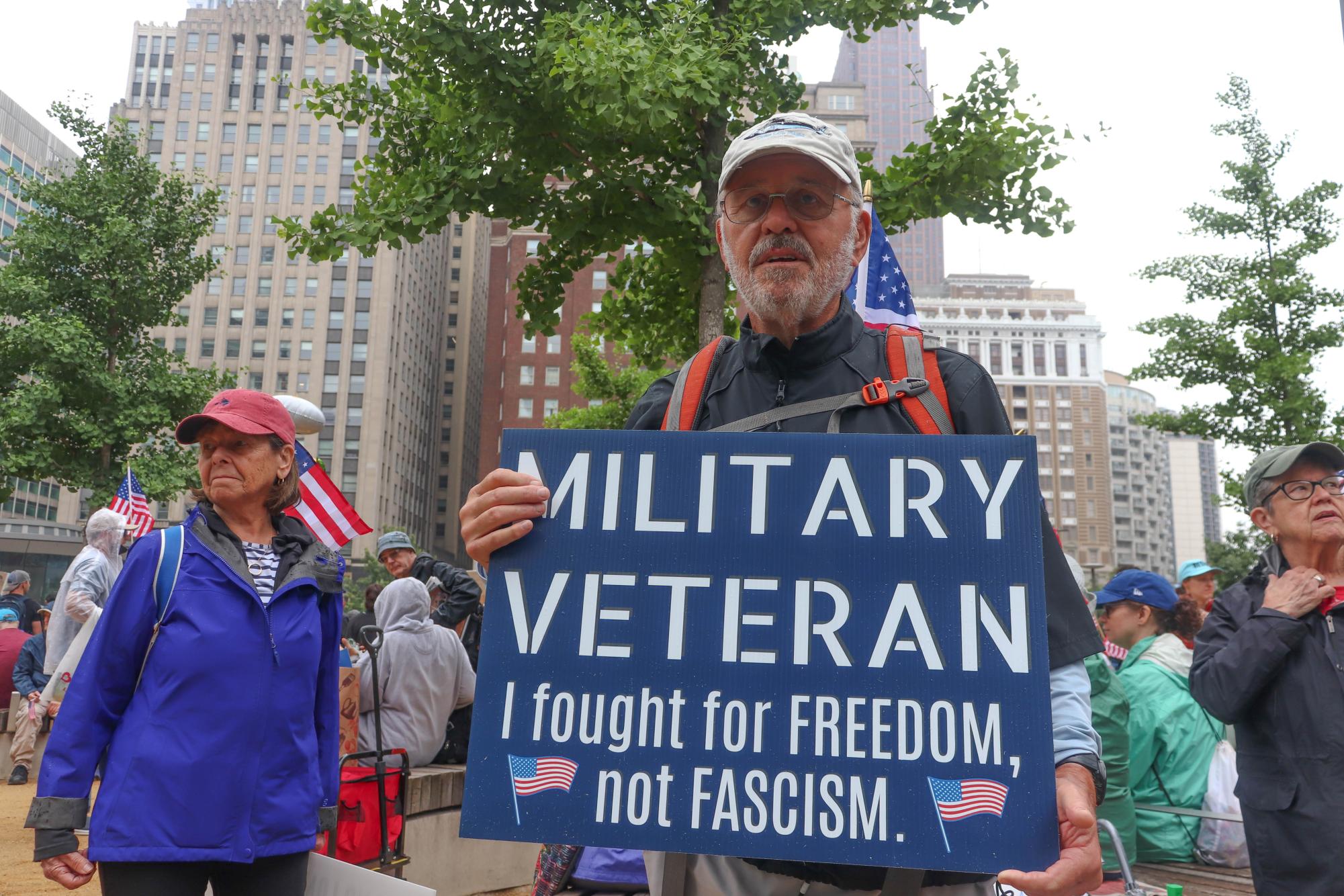
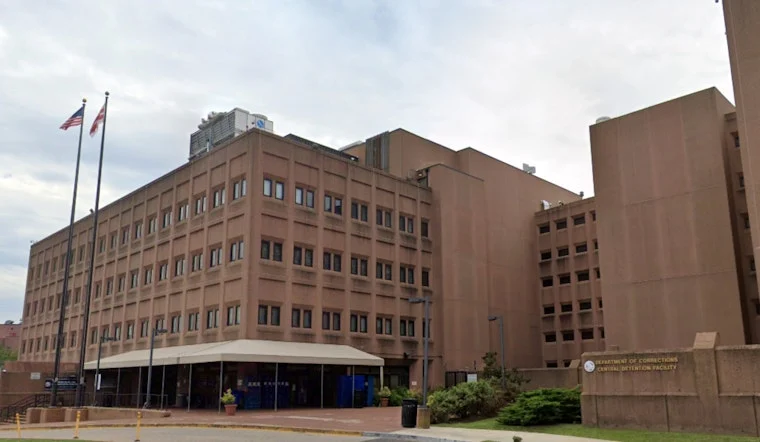
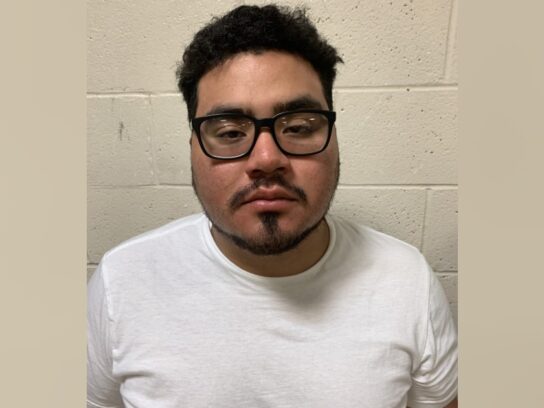
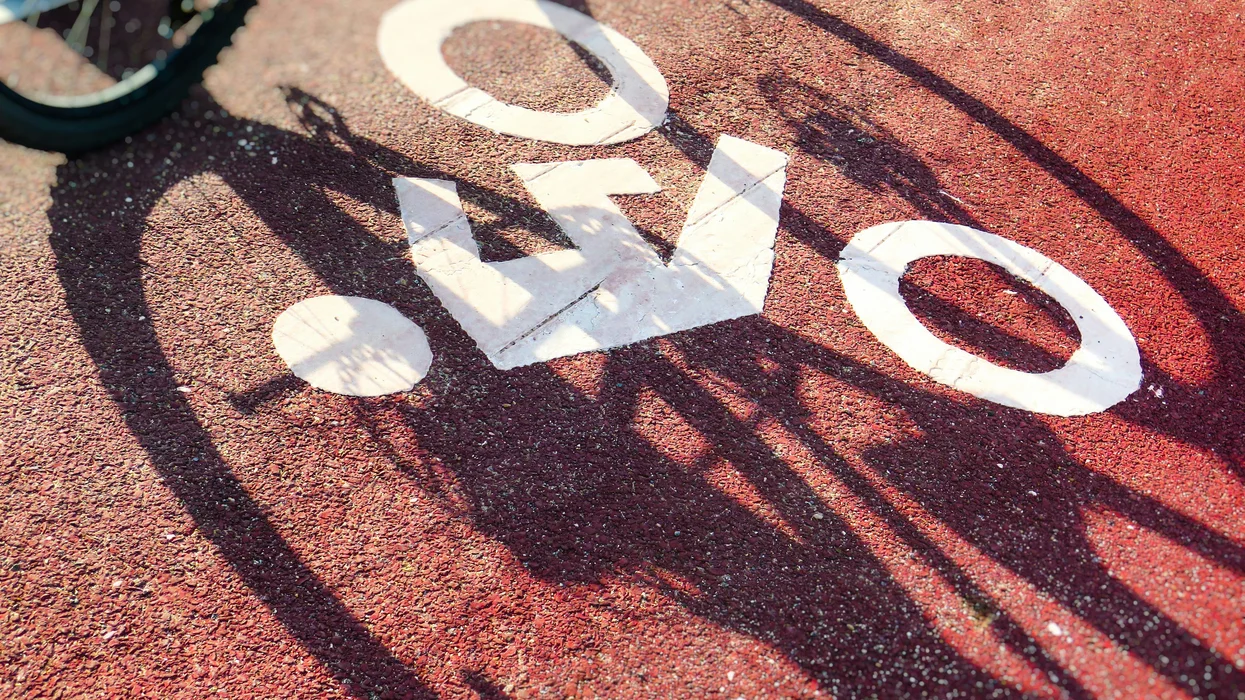
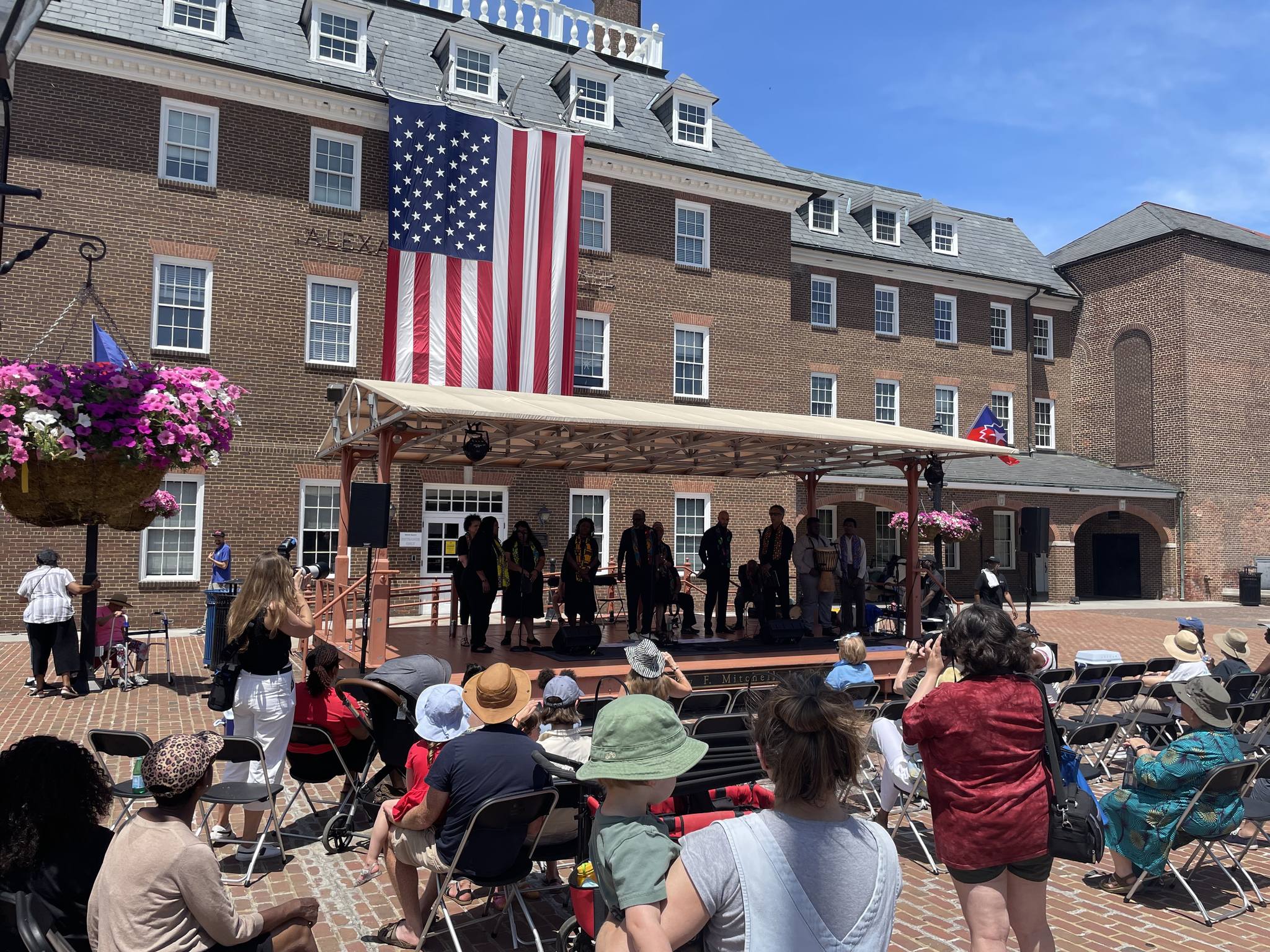
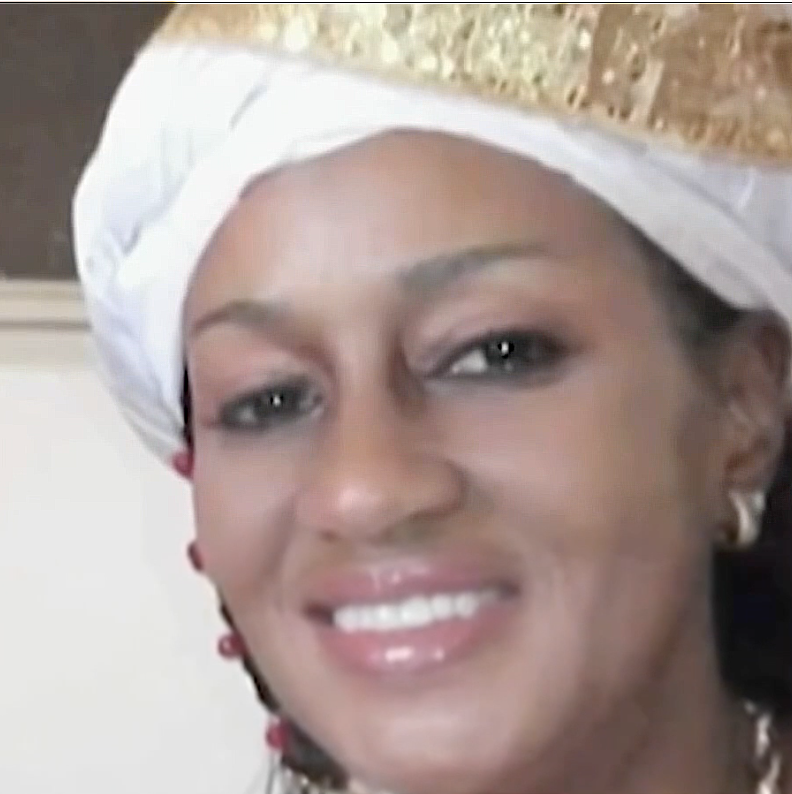
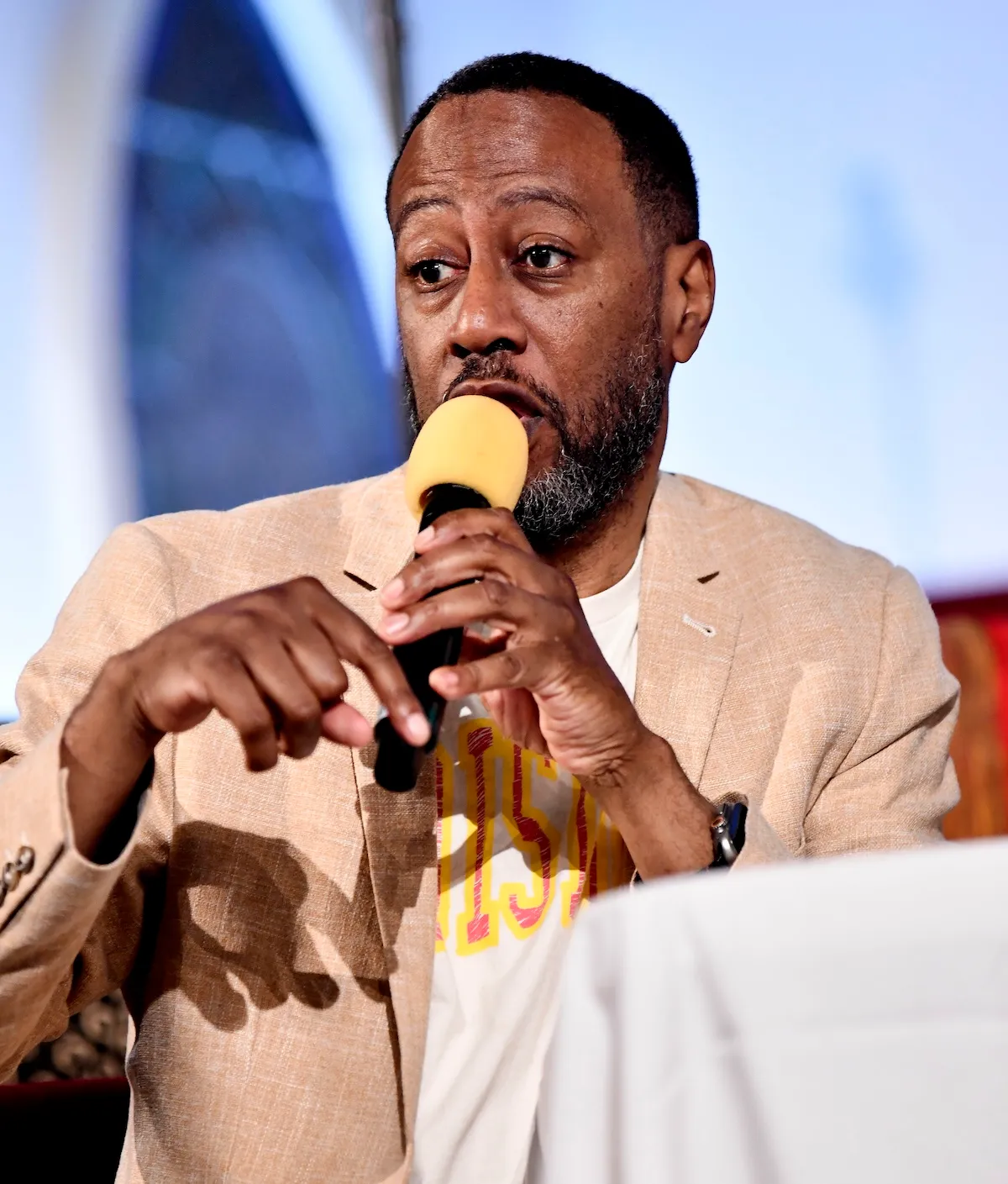


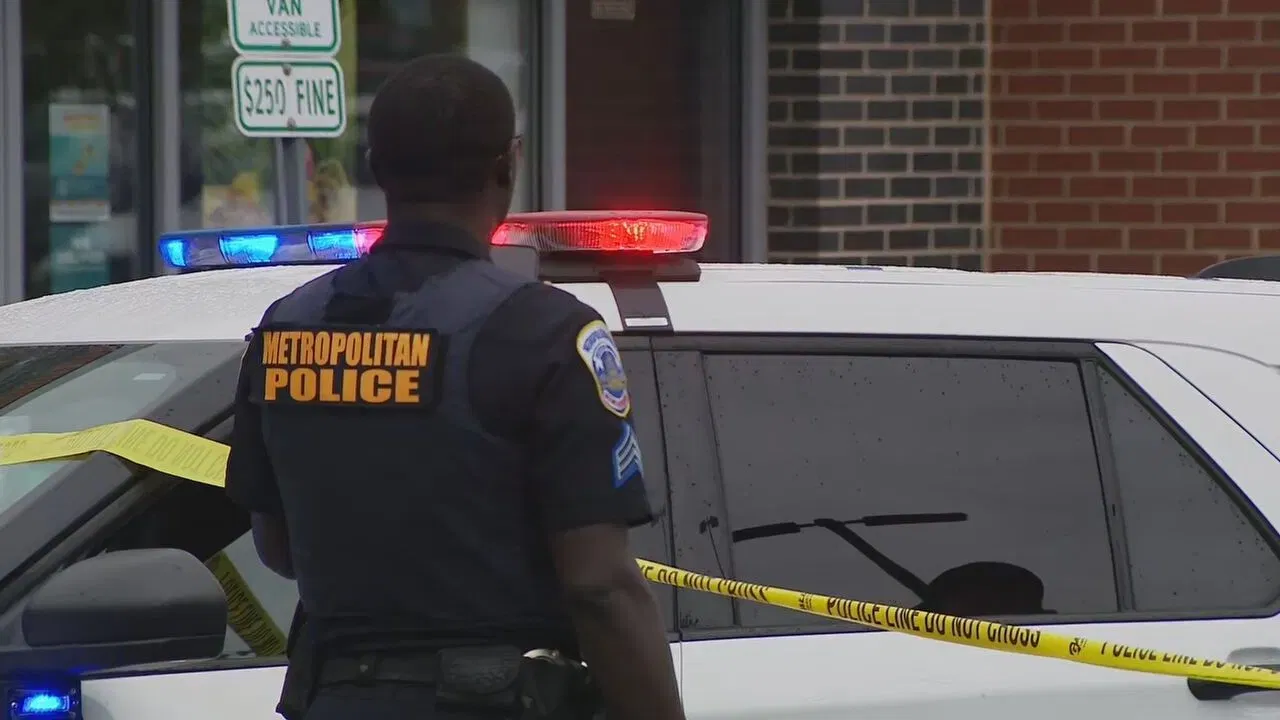
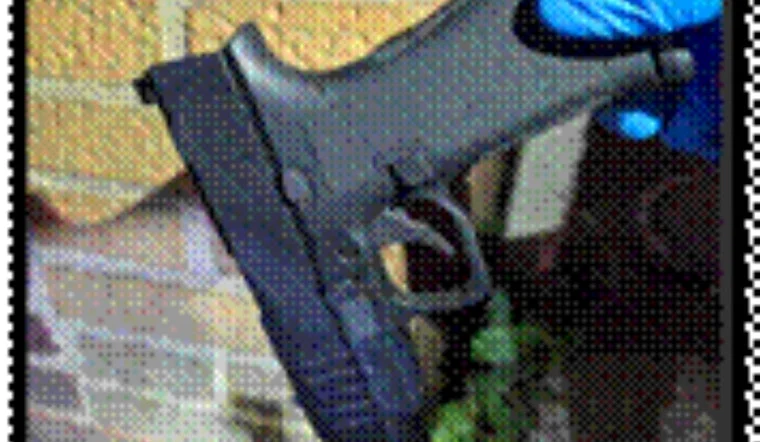
Leave a Reply